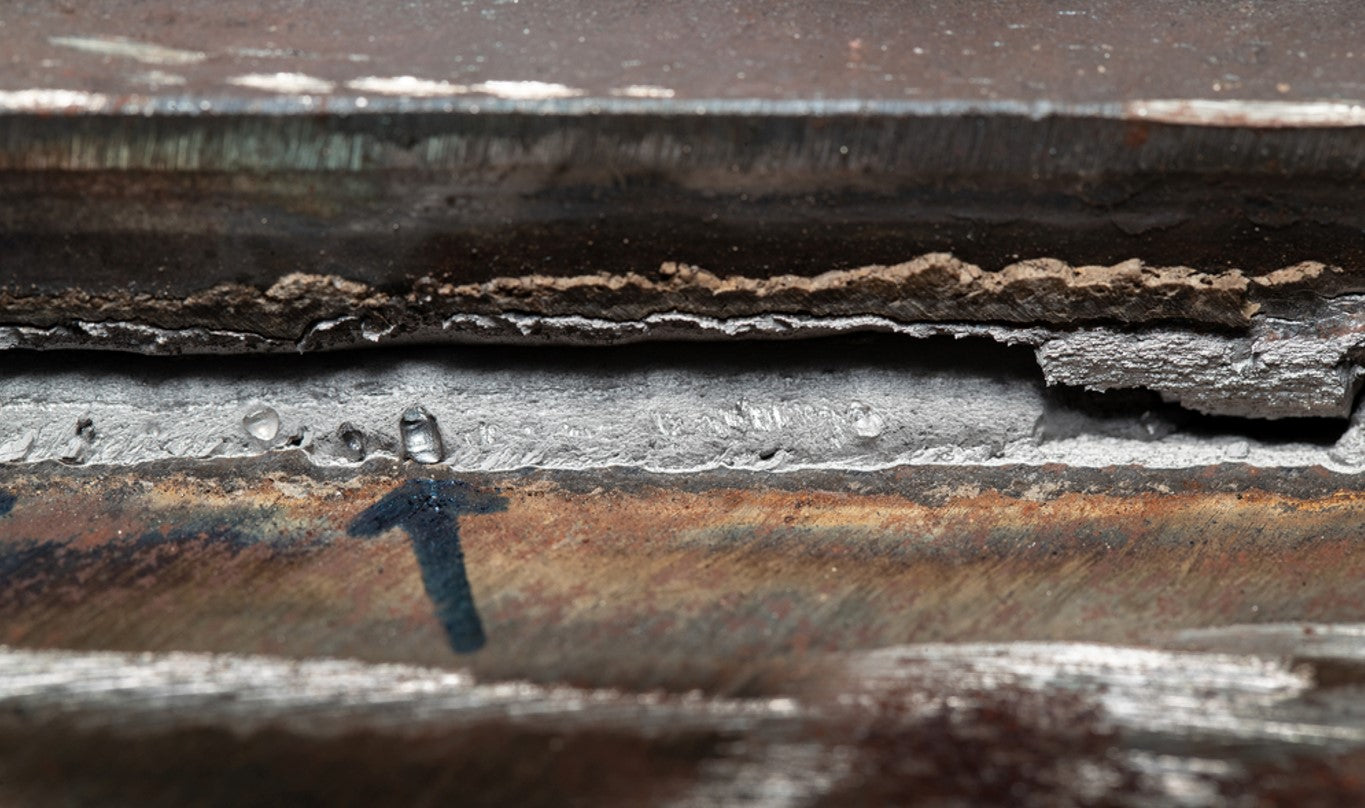Just How to Avoid Weld Undercut: Crucial Tips for Welders
Just How to Avoid Weld Undercut: Crucial Tips for Welders
Blog Article
Mastering the Art of Welding: How to Avoid Undercut Welding Issues for Flawless Construction Outcomes
Performance and precision are vital in the world of welding, where also the slightest imperfection can endanger the structural honesty of a made piece. One common challenge that welders face is damaging, a defect that can lead and deteriorate a weld joint to expensive rework. By understanding the origin of undercut welding and applying effective techniques to prevent it, welders can boost their craft to new levels of excellence (Preventing weld undercut). In the quest of flawless construction results, understanding the art of welding to prevent undercut concerns is not just a skill however a necessity for those making every effort for excellence in their job.
Understanding Undercut Welding

To prevent undercut welding, welders should make certain proper welding specifications, such as changing the present, voltage, traveling speed, and preserving the appropriate electrode angle. By recognizing the reasons of undercut welding and implementing precautionary measures, welders can achieve high-grade, structurally audio welds.
Reasons For Undercut in Welding
Understanding the variables that add to damage in welding is vital for welders to produce high-grade, structurally sound welds. When the weld metal does not appropriately load the groove formed in between the base steel and the previously transferred weld metal, damaging occurs. Several elements can lead to damage in welding. One typical reason is extreme warmth input. Welding at high temperatures for extensive durations can lead to the base steel thawing greater than wanted, resulting in undercut. Inadequate welding wrong or current welding speed can additionally add to undercut. Inadequate current may not give enough heat to thaw the base and filler steels adequately, while excessive speed can prevent appropriate fusion, triggering undercut. Furthermore, inappropriate electrode angles or incorrect lantern adjustment methods can create areas of reduced weld metal deposition, advertising undercut. Recognizing these reasons and applying proper welding strategies can help prevent undercutting concerns, ensuring solid and resilient welds.
Strategies to Stop Undercutting

To minimize the danger of undercutting in welding, welders can use strategic welding techniques aimed at boosting the quality and integrity of the weld joints. Additionally, using the right welding strategy for the particular joint arrangement, such as weave or stringer beads, can add to reducing undercutting.
In addition, proper joint prep work, consisting of ensuring clean base products free of pollutants and making use of the proper welding consumables, is critical in protecting against undercut issues. Utilizing back-step welding methods and controlling the weld grain account can likewise help distribute warmth evenly and lessen the risk of undercut. Regular evaluation of the weld joint during and after welding, along with executing quality control steps, can assist in spotting and resolving damaging issues quickly. By applying these strategies carefully, welders can attain remarkable manufacture results with minimal undercut defects.
Importance of Proper Welding Criteria
Choosing and keeping ideal welding criteria is essential for attaining effective welds with minimal issues. Welding specifications describe variables such as voltage, existing, take a trip speed, electrode angle, and protecting gas circulation rate that directly affect the welding process. These parameters need to be carefully adjusted based upon the kind of product being bonded, its thickness, and the welding technique employed.
Proper welding criteria make certain the correct amount of warmth is applied to thaw the base metals and filler material uniformly. If the parameters are set too expensive, it can bring about too much heat input, creating distortion, spatter, or burn-through. On the various other hand, if the parameters are too find out here reduced, insufficient combination, absence of infiltration, or undercutting might occur.
Quality Control in Welding Operations

Final Thought
In conclusion, mastering the art of welding needs a comprehensive understanding of undercut welding, its reasons, and methods to stop it. By ensuring appropriate welding parameters and applying quality control practices, remarkable manufacture outcomes can be attained. It is essential for welders to consistently pursue quality in their More about the author welding operations to avoid undercut problems and create top quality welds.
Undercut welding, an usual problem in welding procedures, takes place when the weld metal doesn't correctly fill the groove and leaves a groove or depression along the welded joint.To more helpful hints prevent undercut welding, welders should make sure correct welding criteria, such as readjusting the present, voltage, travel speed, and keeping the appropriate electrode angle. Inadequate welding incorrect or present welding speed can additionally contribute to undercut.To minimize the risk of undercutting in welding, welders can utilize strategic welding strategies intended at boosting the quality and integrity of the weld joints.In conclusion, mastering the art of welding needs an extensive understanding of undercut welding, its reasons, and strategies to stop it.
Report this page